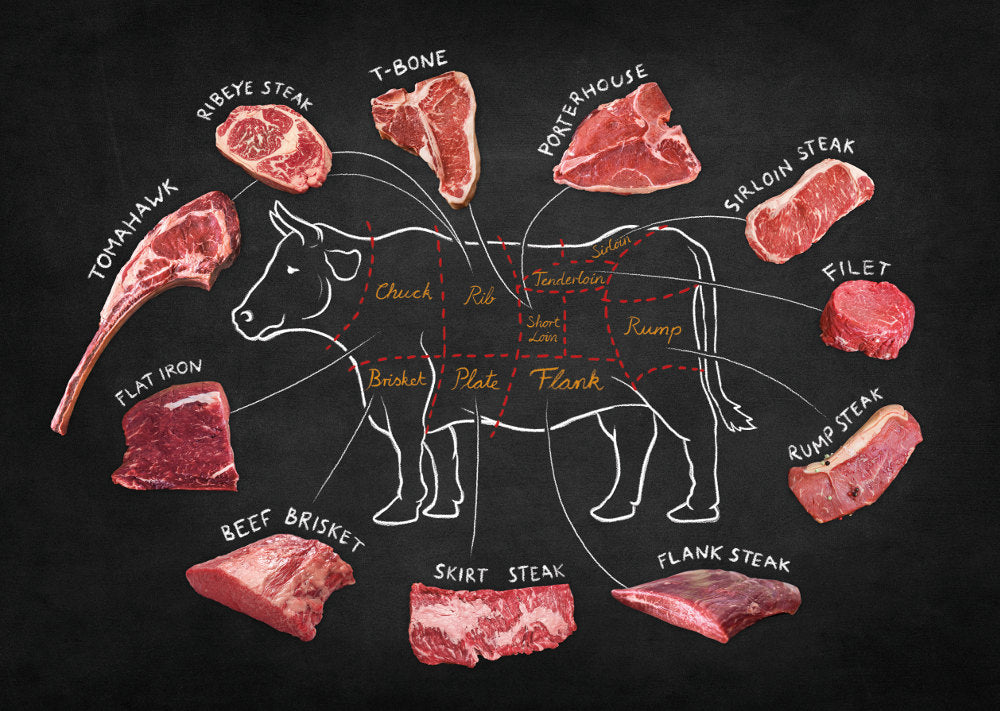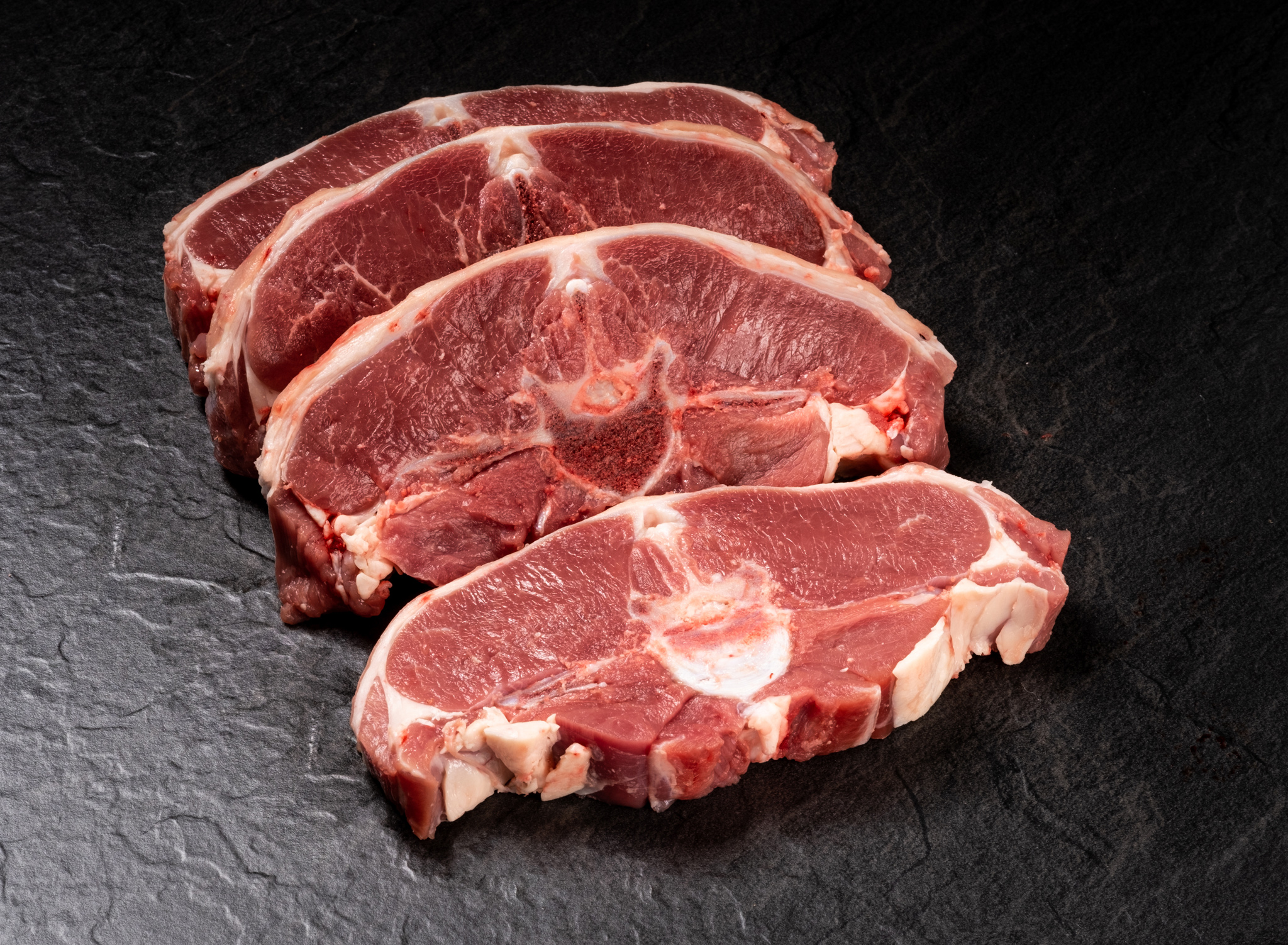Andy M.
Certified Pretend Chef
IT is the T-bone. But it's tenderloin on one side and sirloin on the other.All of this description of the eye fillet makes sense as tenderloin, until we get to the part that bone in it is called a Scotch fillet. Isn't the bone attached to the tenderloin the T-bone? As I understand it a T-bone steak has tenderloin on one side and rib eye on the other.



 who
who 